Ancient car wash and boat-church on Historic England Heritage List
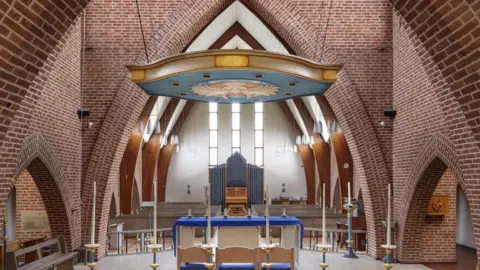 Historic England Archive
Historic England ArchiveEngland's earliest-known car wash and a church inspired by an upturned boat are among 16 sites that have been added to the National Heritage List.
Other sites include a rare WW2 radar station in Northumberland, and a railway pub that was a prototype for a station.
In total this year, 227 places have been added to the list.
Historic England says the sites give a "window into our rich and varied historic environment".
A carriage wash in Hertfordshire dating to 1600 and believed to be England's earliest known 'modern day car wash' was added, as well as a railway pub built by the Stockton & Darlington Railway.
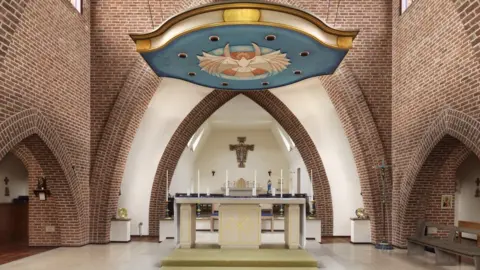 Historic England Archive
Historic England ArchiveThe Church of St Nicholas in Fleetwood, Lancashire, is a Grade II-listed church that is a rare example in the north of England.
Its design in the form of an upturned boat is dominated by sheer tower walls and copper-clad roofs, with unusual triangular windows representing sails.
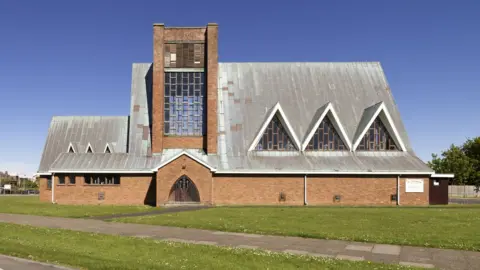 Historic England Archive
Historic England ArchiveFirst 'modern-day car wash'
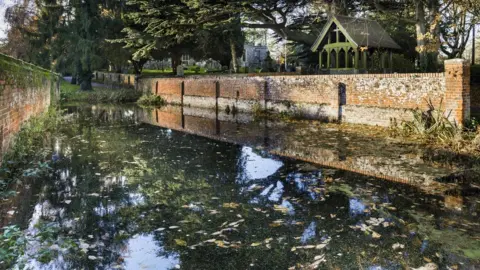 Historic England Archive
Historic England ArchiveBarkway Carriage Wash, also known as "carriage splash", in Royston, Hertfordshire, was an important stopover en route from London to Cambridge and the north of England, during the heyday of the coaching era.
 Historic England Archive
Historic England ArchiveWhen it was built in 1989, The Dome in Doncaster, South Yorkshire, was the largest leisure centre in Europe, and attracted over a million visitors a year.
 Historic England Archive
Historic England ArchiveDesigned around a huge central atrium, it welcomes visitors with a swimming pool, ice rink, sports and events halls, and squash courts.
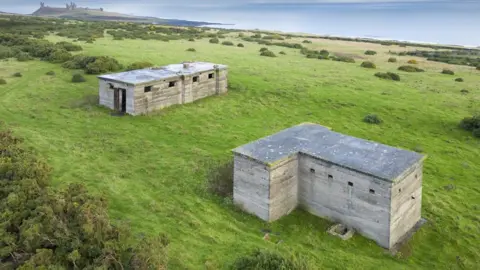 Historic England Archive
Historic England ArchiveChain Home Low Radar Station in Craster, Northumberland, was built in 1941 to detect and monitor the movement of German shipping in the light of a potential invasion of Britain in the early years of World War Two.
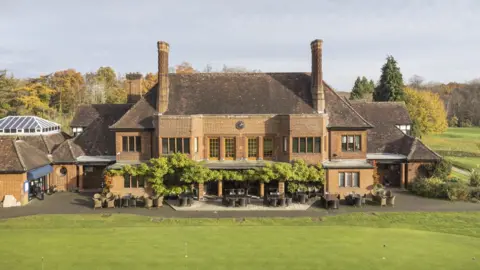 Historic England Archive
Historic England ArchiveThe clubhouse at Beaconsfield Golf Club in Buckinghamshire was built between 1913 and 1914, and is a rare example of a purpose-built Arts and Crafts clubhouse from the first great period of golf course expansion in England between 1890 and 1914.
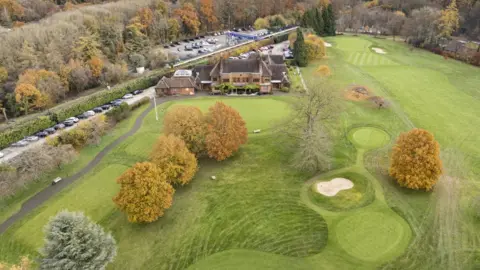 Historic England Archive
Historic England Archive Historic England Archive
Historic England ArchiveThe Railway Tavern public house in Darlington was built in 1826 by the pioneering Stockton & Darlington Railway (S&DR), and was in effect a proto-railway station as it came before the concept of the railway station had fully developed.
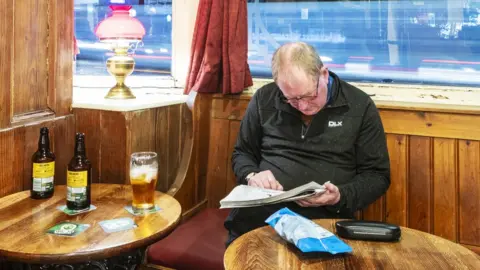 Historic England Archive
Historic England ArchiveDuncan Wilson, chief executive of Historic England, said they'd examined and protected "amazing" sites this year, which offer a window into England's "rich and varied historic environment".
"The festive period is a great time to find out more about the historic places all around us," he said.
"I encourage everyone to explore the heritage on our doorsteps and to add what they discover to our Missing Pieces Project for everyone to see and enjoy."
All photos subject to copyright
